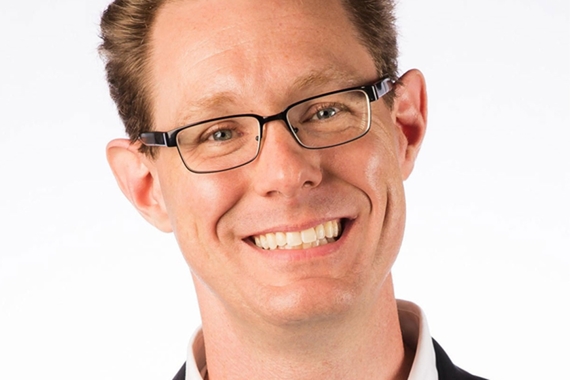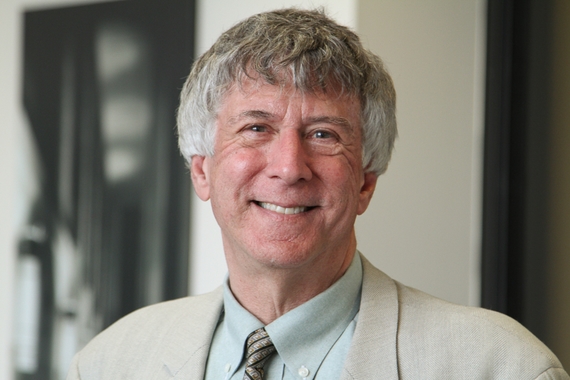Black Representation in Psychology
Regrettably, the Department of Psychology at the University of Minnesota has never had a Black psychologist as a permanent faculty member. For our students, we know that seeing someone on our permanent faculty who looks like them can have a profound impact, which is not something our Black students have been able to experience thus far in our Department. Because diversity, equity, and inclusion are critical components of excellence in all that we do, we are actively working to change this track record. Currently, faculty and department leaders are consulting with BIPOC faculty across the nation to learn how to best attract such candidates in future faculty searches. They are also consulting on strategies to retain new hires, especially since a new Black faculty member might literally be “the only one” in the Department in the short-term. The Department is reaching out to BIPOC alumni as well to build stronger connections with them, gain a better understanding of their experiences in our department, and hear about ways in which we can be more welcoming and supportive of BIPOC students, staff, and faculty moving forward.
Why UMN Psychology has lacked diversity among our faculty is a sensitive, but important, question to consider. The history of prominent and successful black psychologists stretches at least from Francis Cecil Sumner, first African-American PhD in Psychology (1920, Clark University), who was the mentor of Kenneth Clark. Clark and his wife, Mamie, conducted the pioneering “Doll Study” in the 1940s, the study that helped win the Supreme Court case Brown v. Board of Education (1954). Clark would go on to become the American Psychological Association’s (APA) 1st Black president in 1969.
Despite a history of well-known Black psychologists, and the current prominence of many, Black psychologists remain underrepresented today. A 2015 study found that 86% of psychologists in the US workforce were White and only 4% were Black. This statistic is concerning; the field of psychology is far less diverse than the U.S. population as a whole, which is 62% White and 38% racial/ethnic minority (with African-Americans accounting for 13.4%). A 2018 study found that of all full-time faculty in degree-granting postsecondary institutions, only 6% were Black, while about 75% were White. In 2013, an APA survey found that across the United States, Black psychologists accounted for 5.3% of active psychologists.
The Department of Psychology at Minnesota has a responsibility to help improve the diversity of the profession by recruiting and retaining Black students and faculty. Please see the statement by our Chair to this end.

Composed by Flora Pollack, communications assistant.


